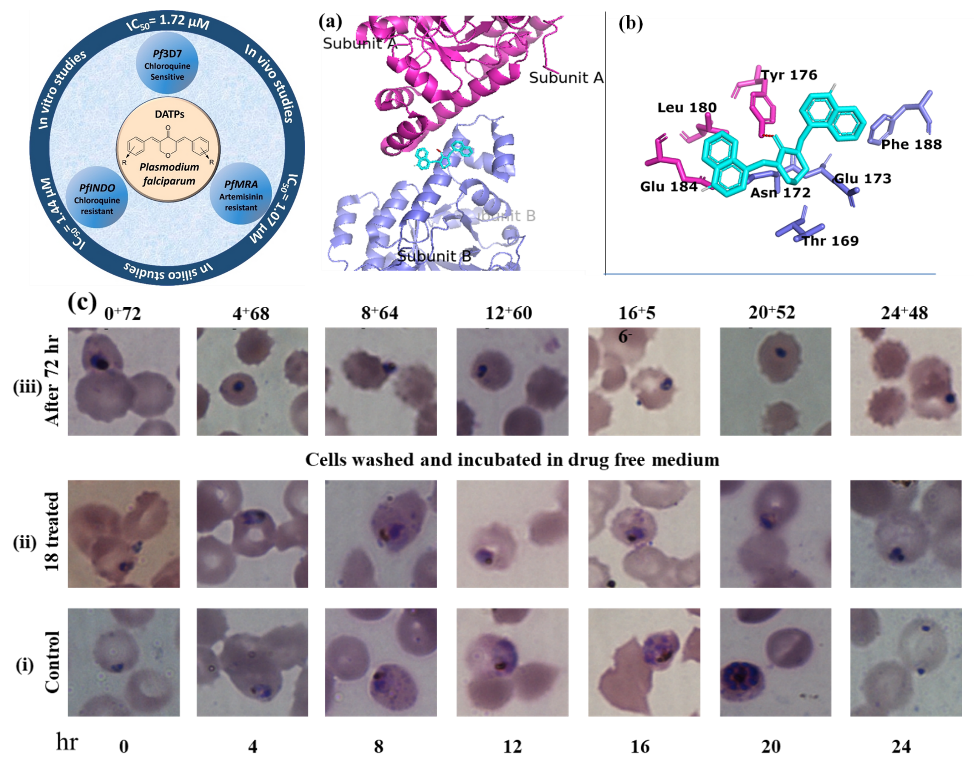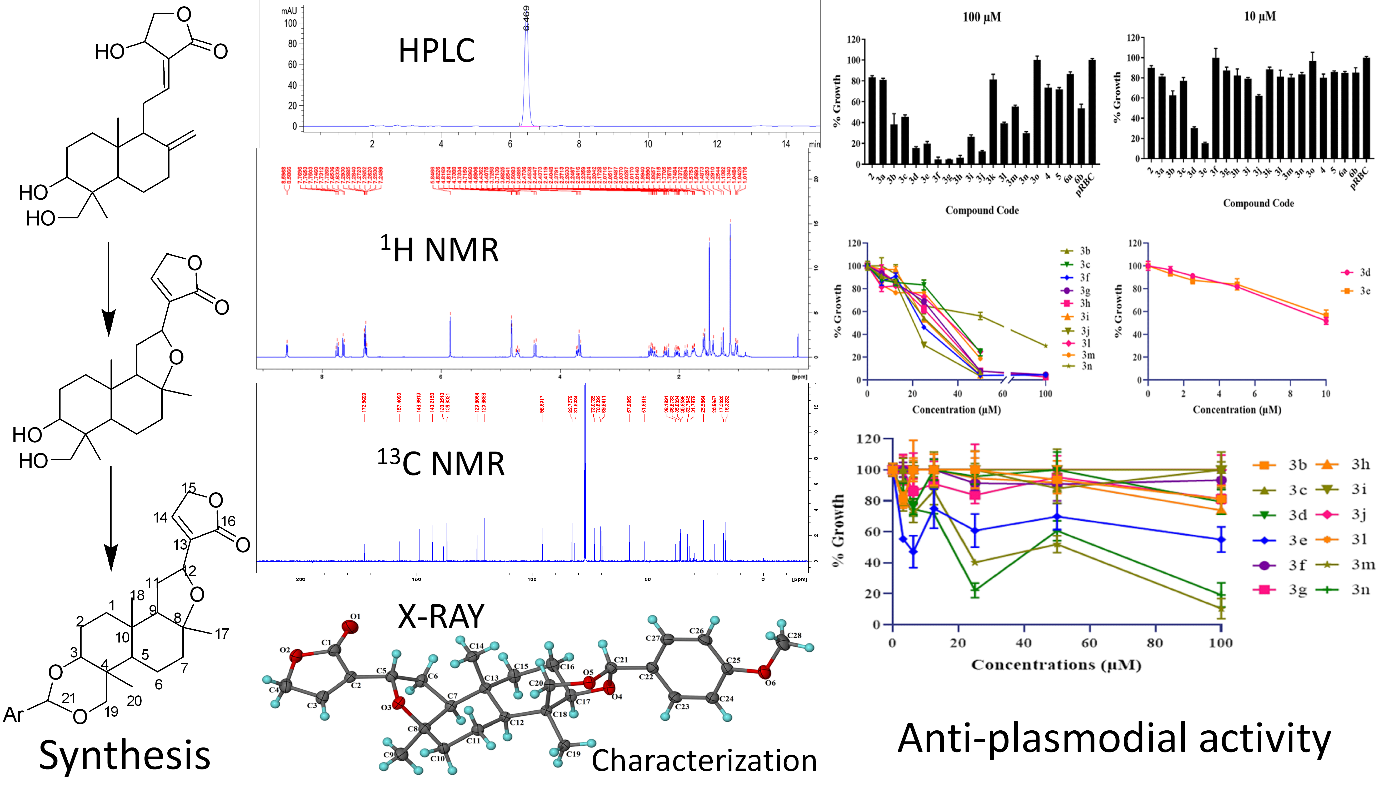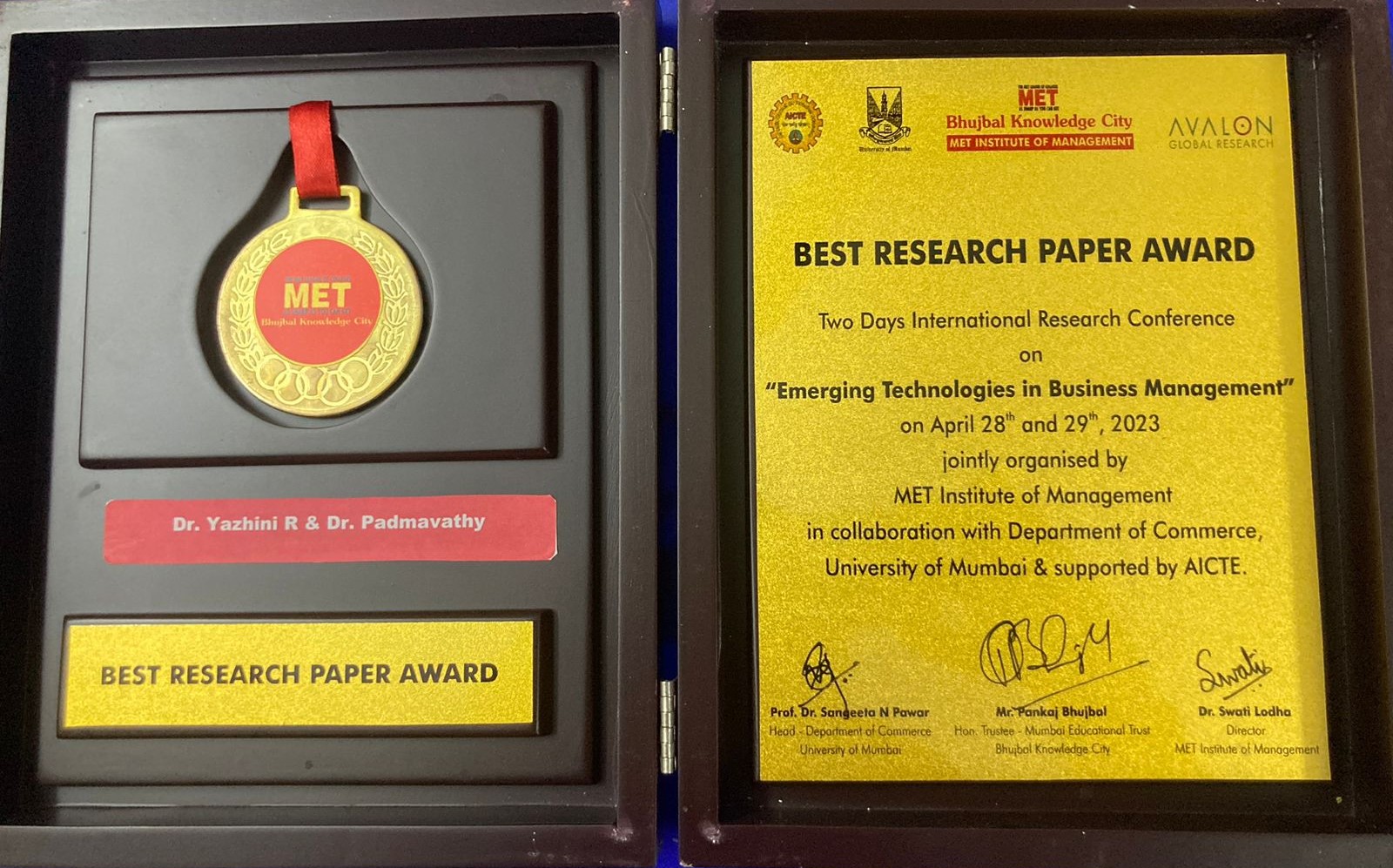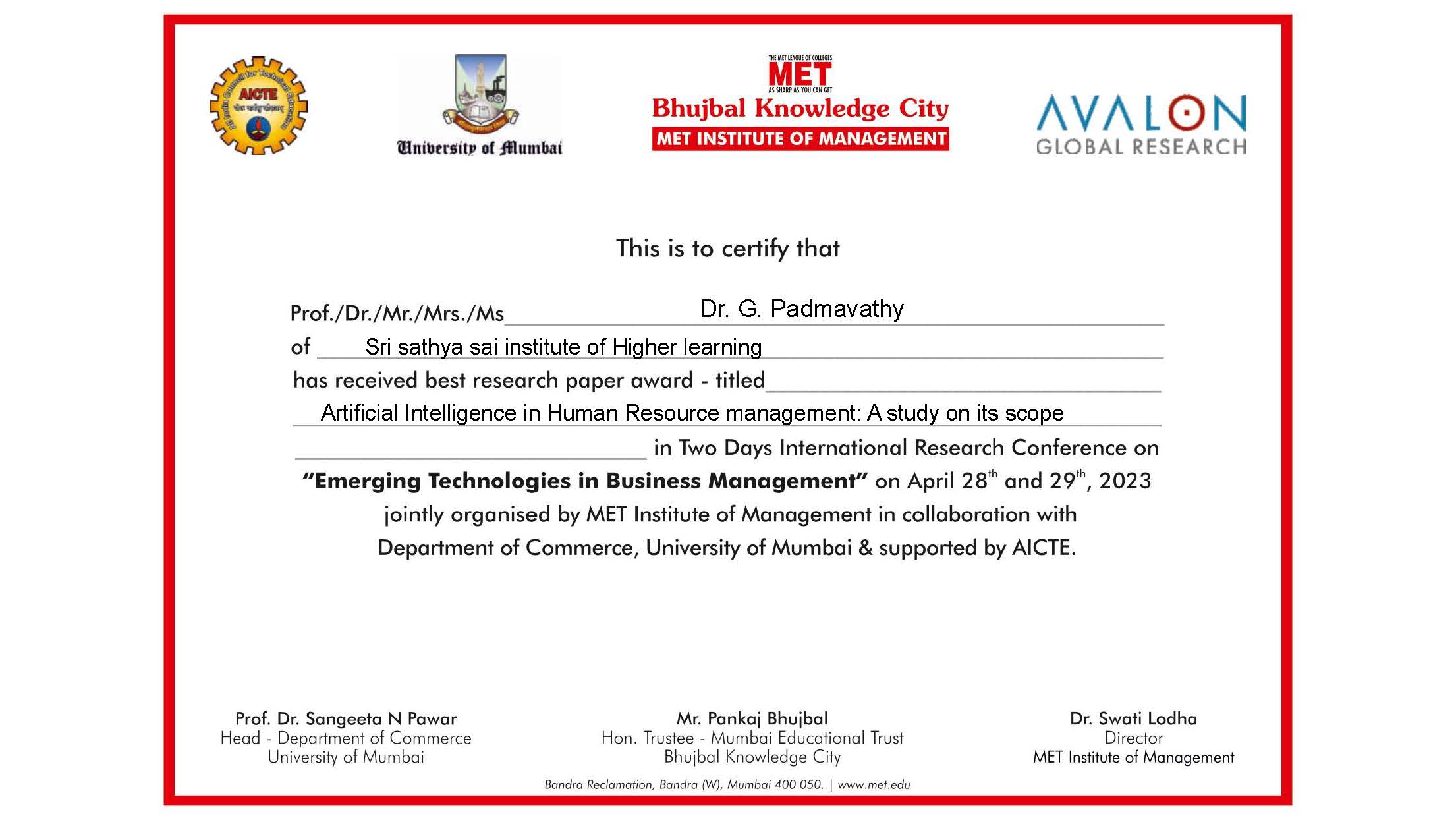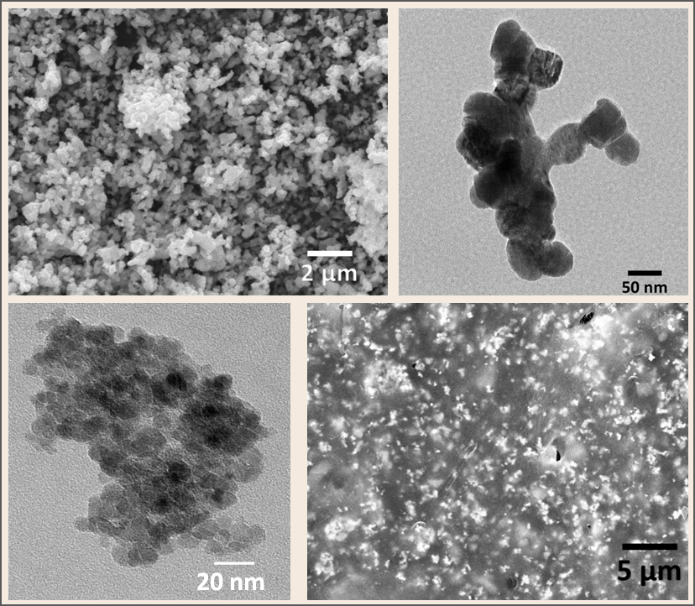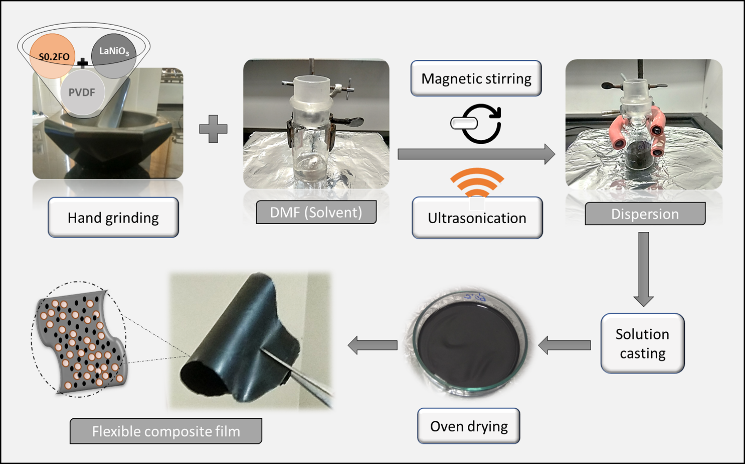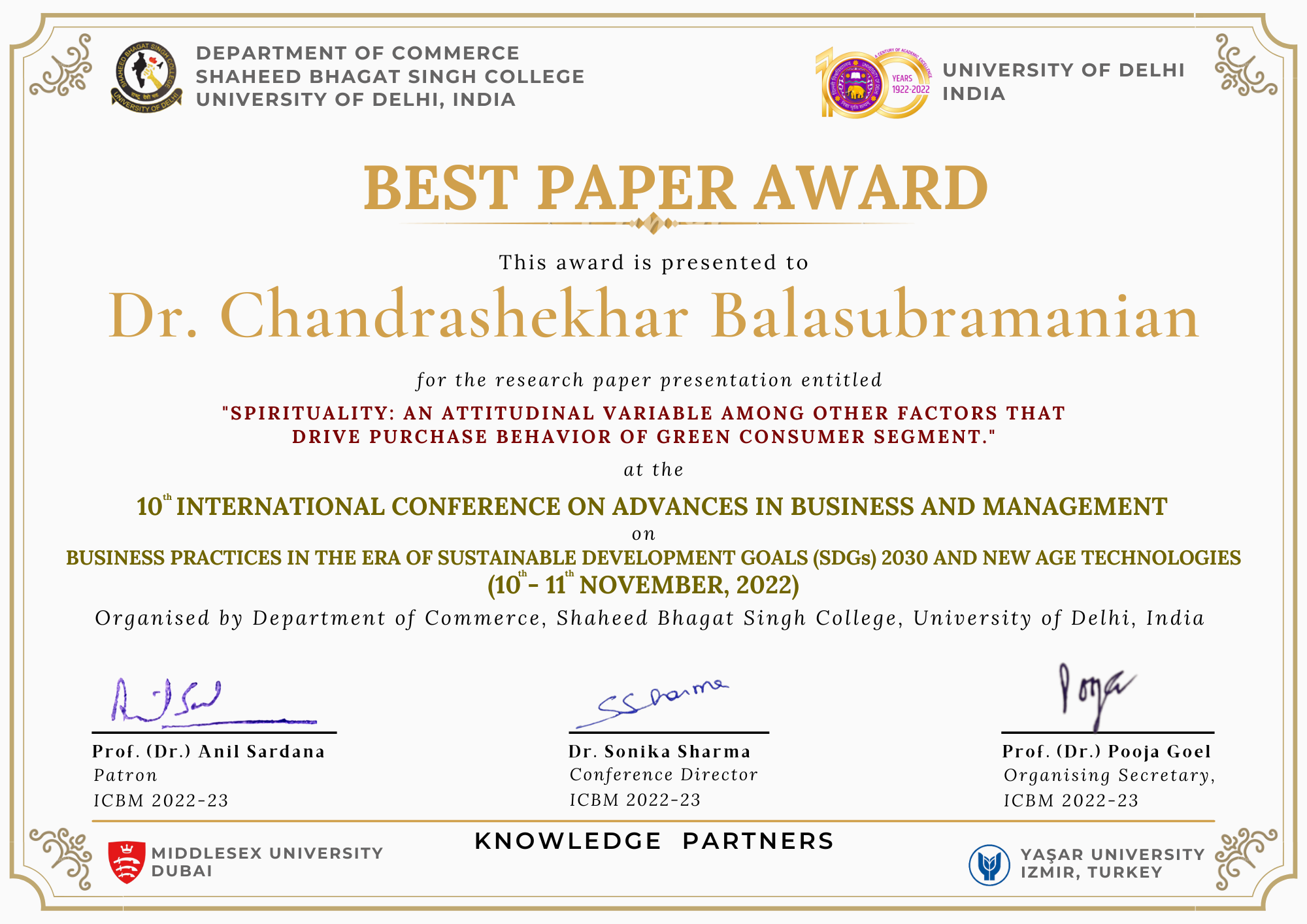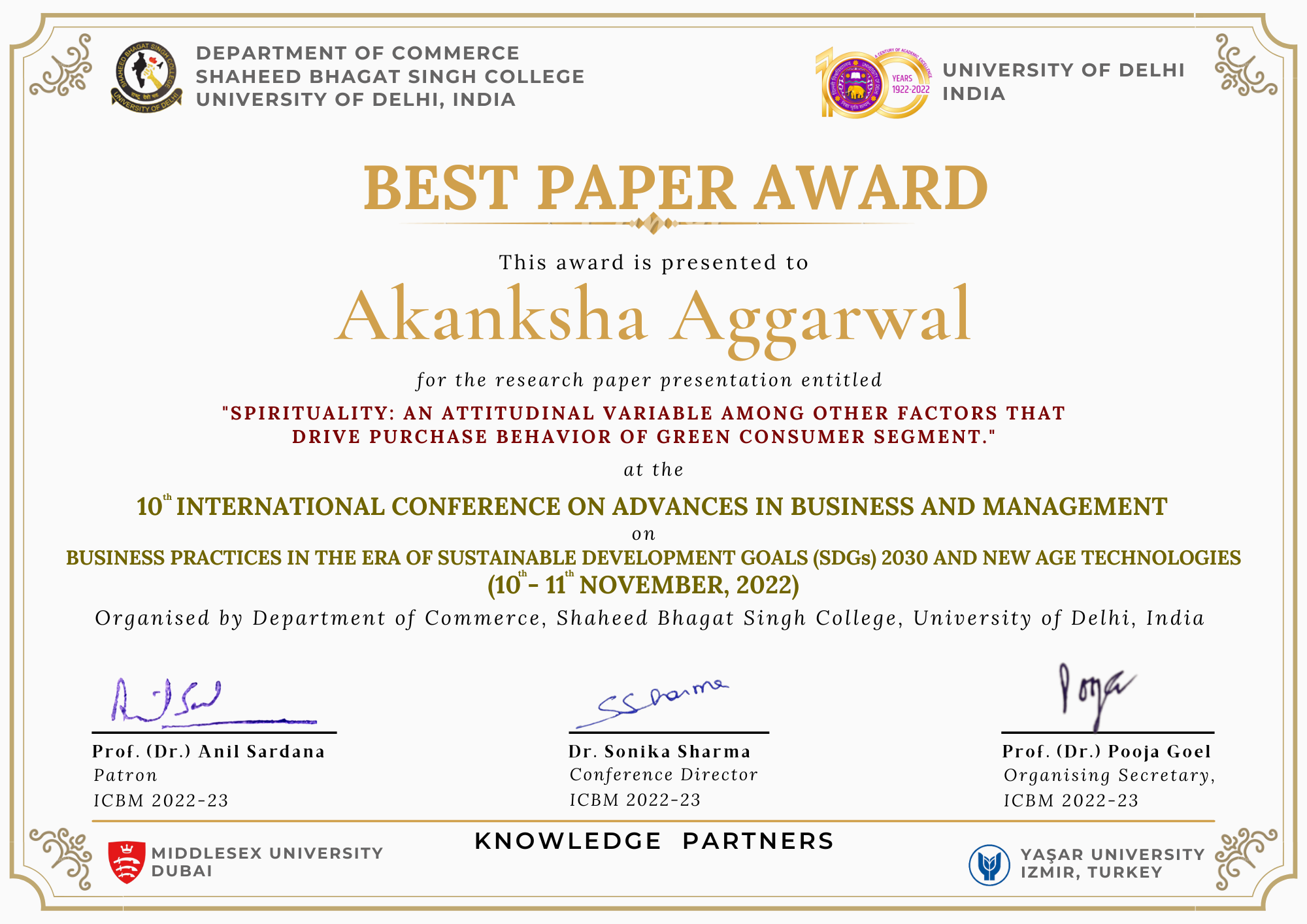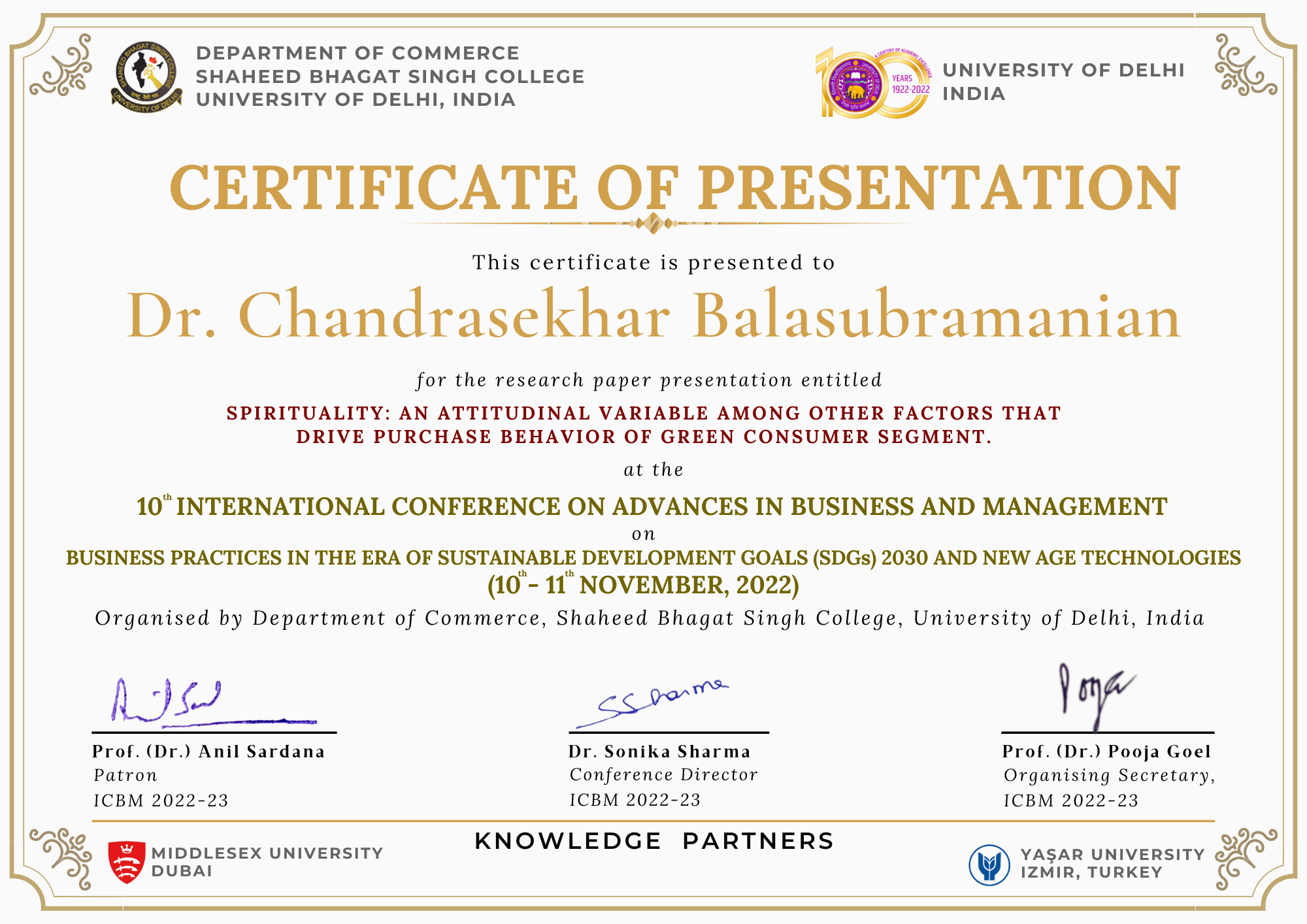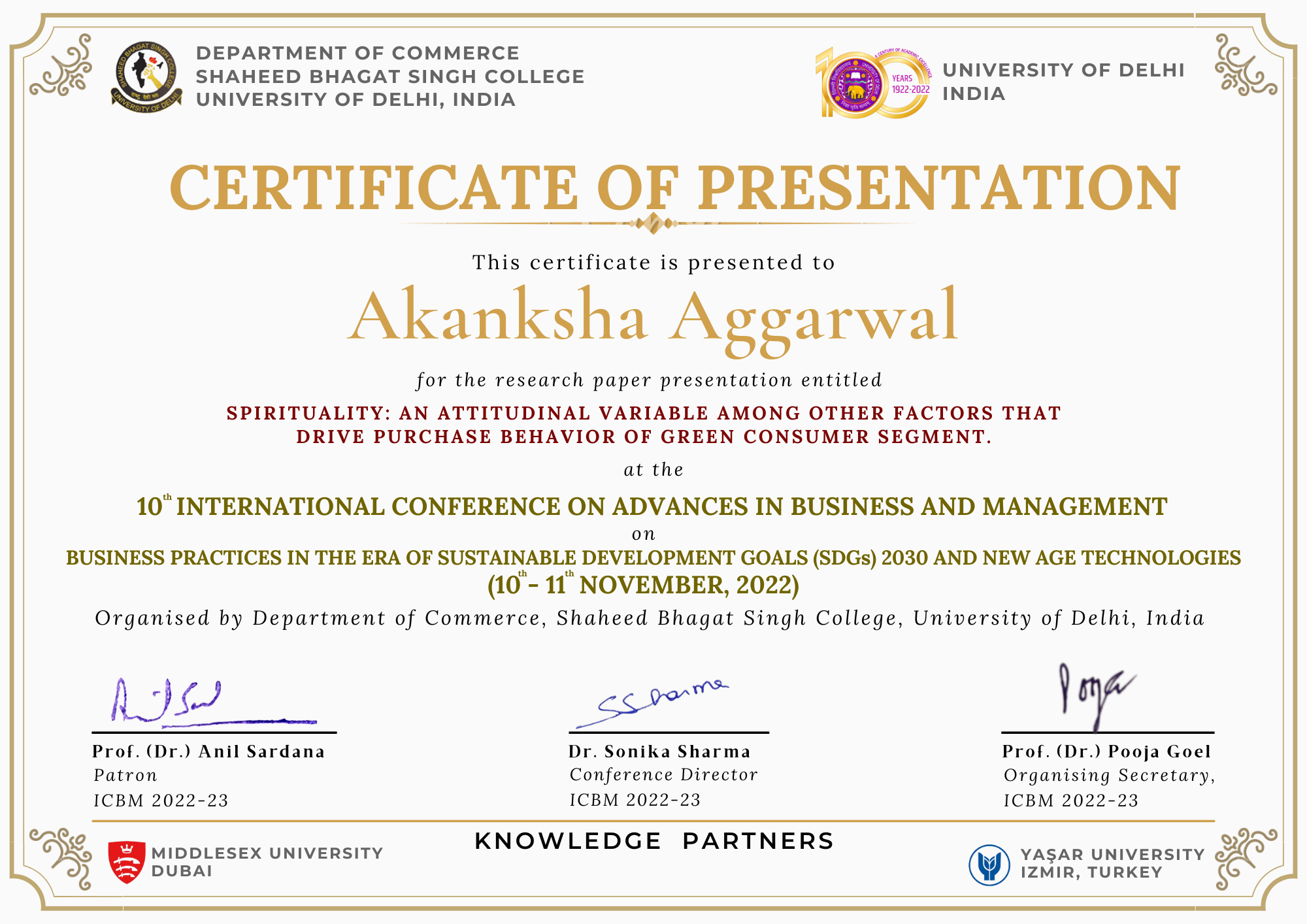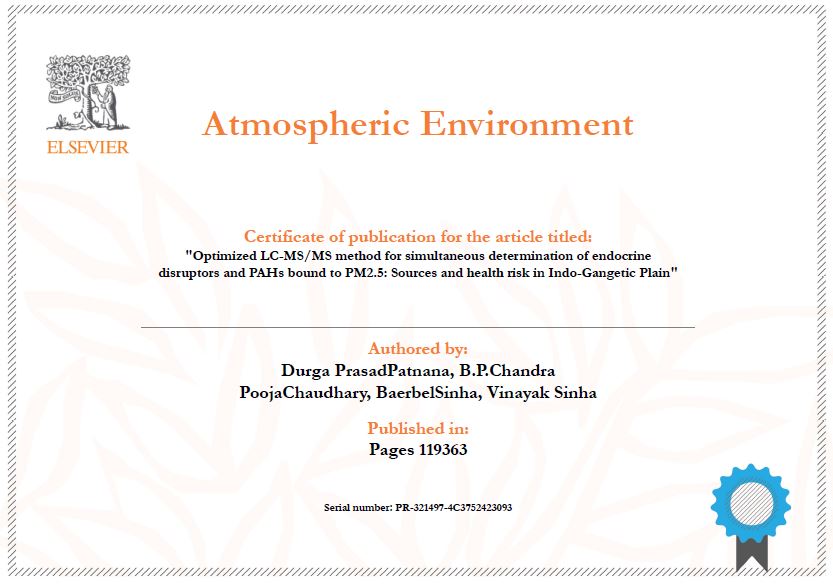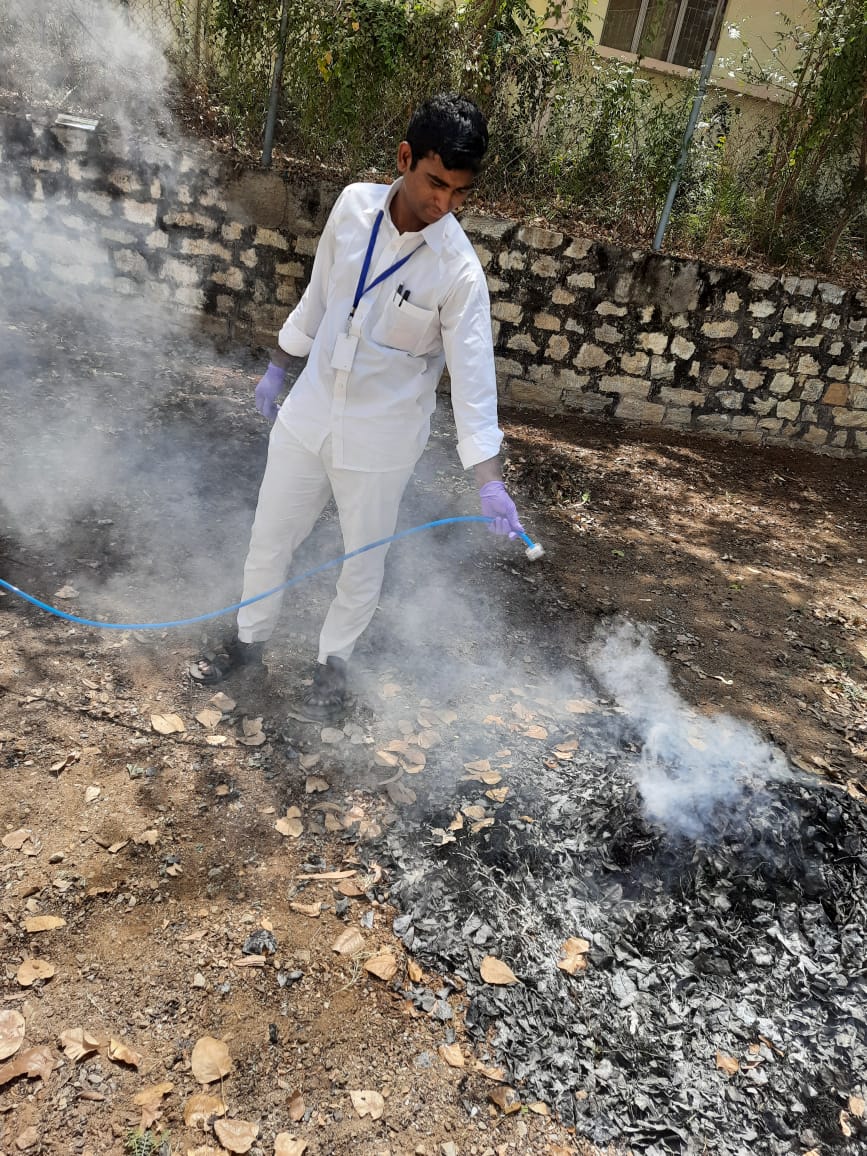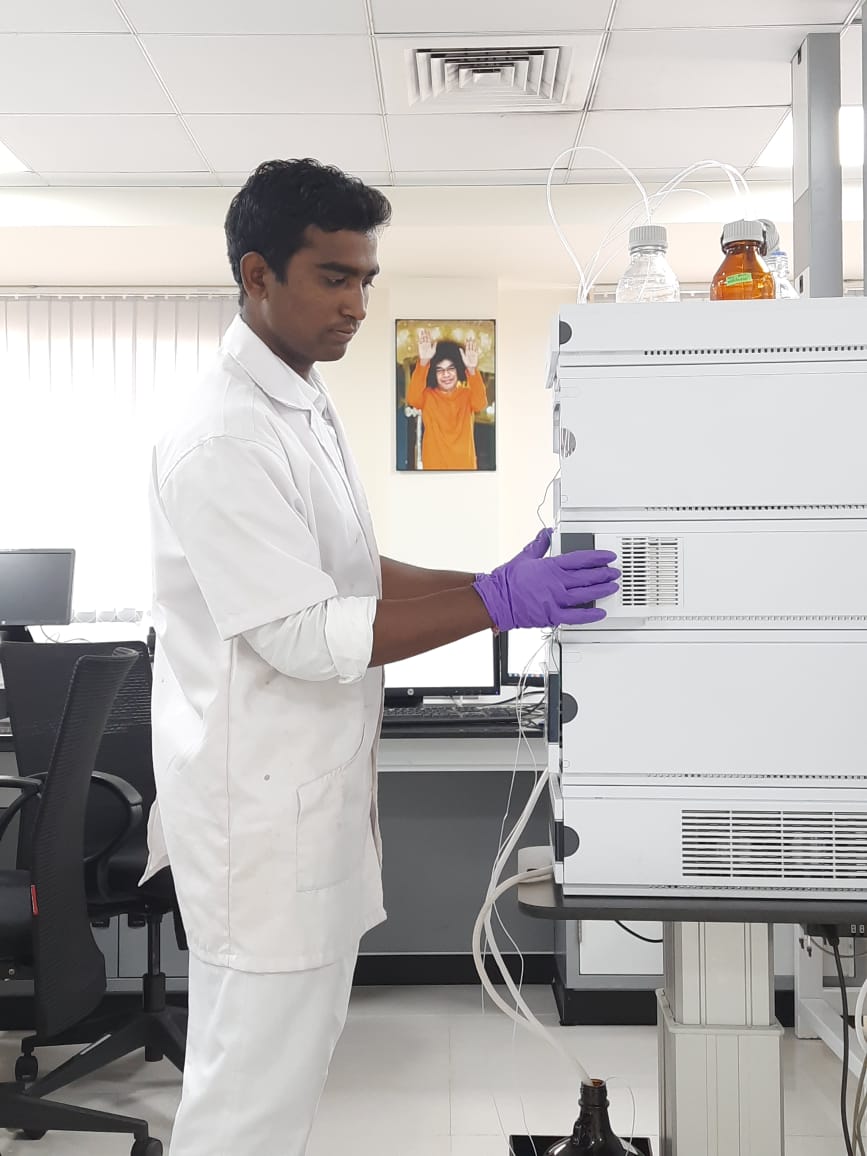Identifying the Issue
- Inflammation is a hallmark of chronic diseases
- Curcumin’s poor bioavailability impedes its use as an effective anti-inflammatory agent
Objective of the Research
- To synthesize curcumin analogues with enhanced bioavailability and anti-inflammatory properties
Who should read this?
Research community working in anti-inflammatory drug development, medicinal chemists, and the pharmaceutical industry



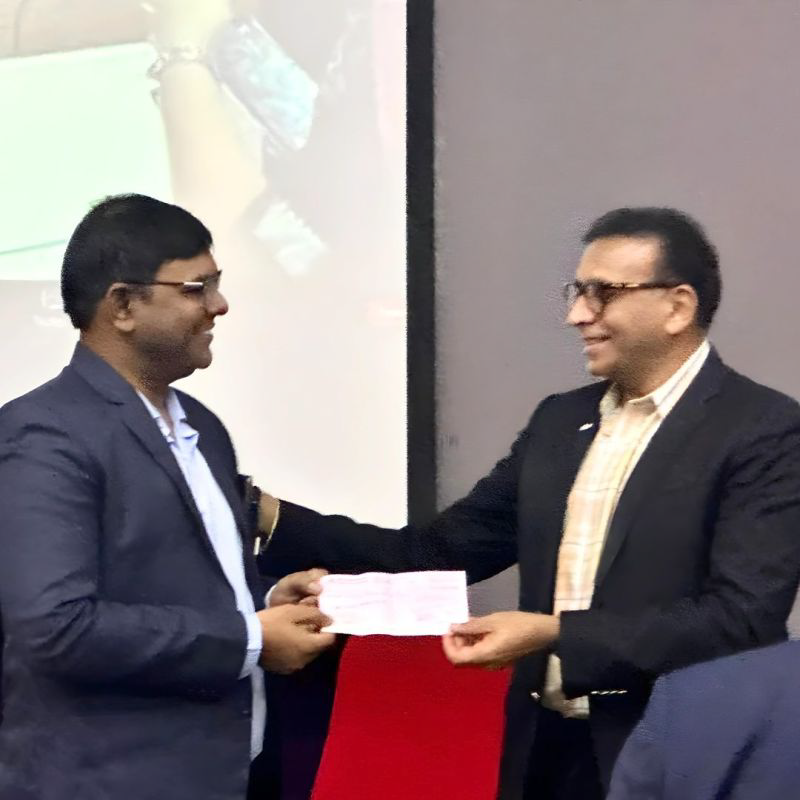 developing and globally validating AMRxTM, a groundbreaking AI-enabled Digital Diagnostic tool in collaboration with SCIINV Biosciences, has been pivotal in addressing the urgent need for effective AMR containment.
developing and globally validating AMRxTM, a groundbreaking AI-enabled Digital Diagnostic tool in collaboration with SCIINV Biosciences, has been pivotal in addressing the urgent need for effective AMR containment.

